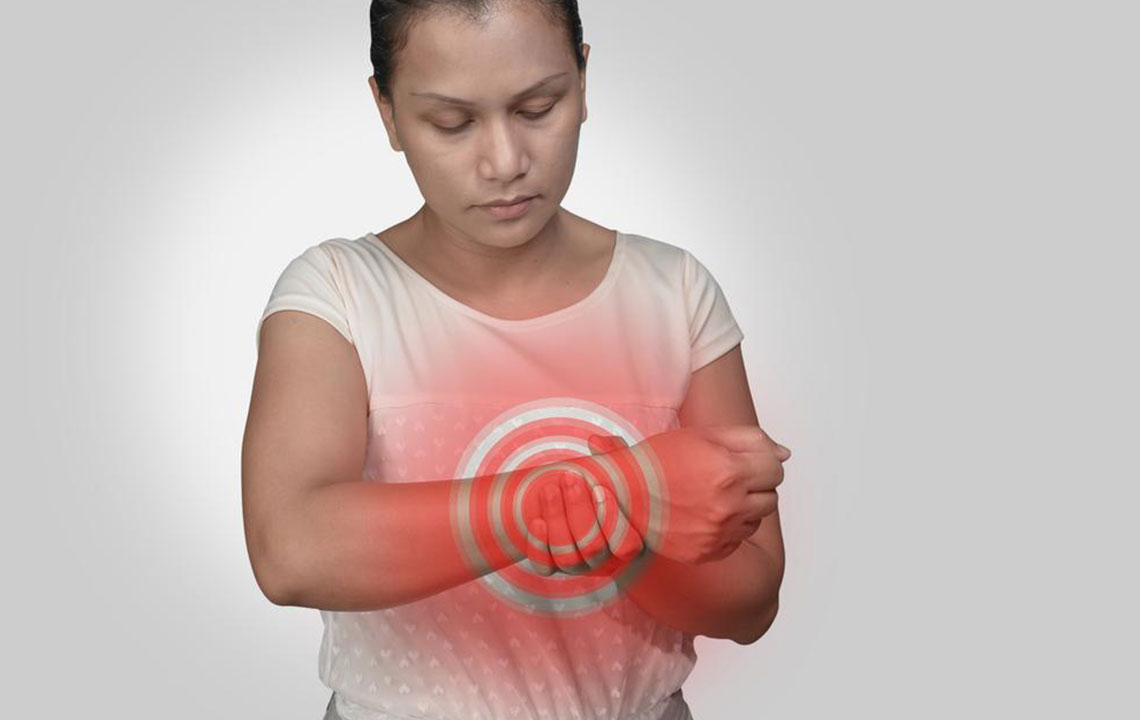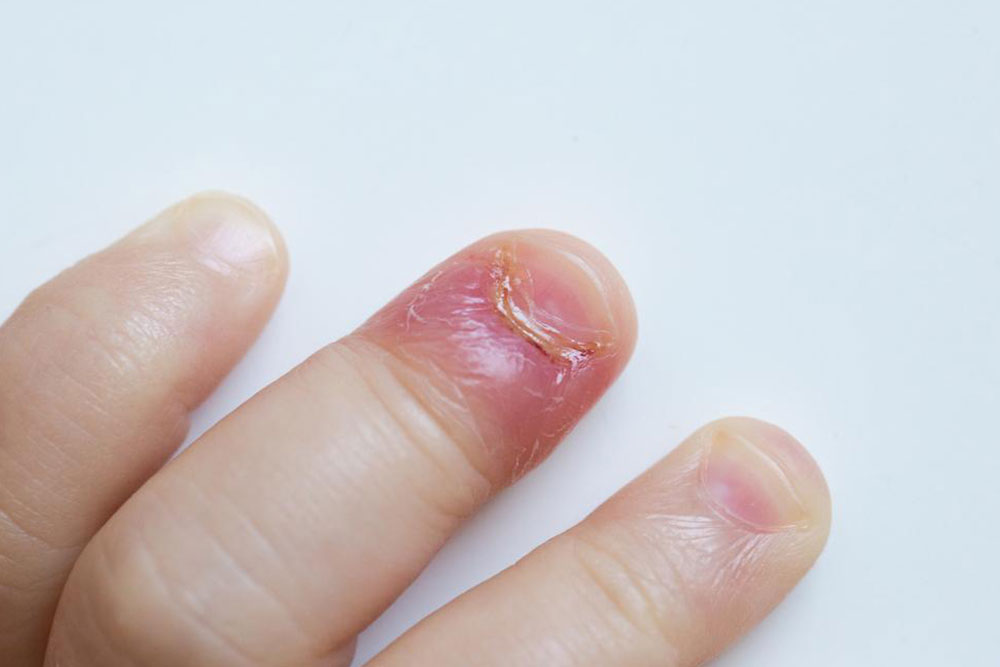Comprehensive Guide to Understanding Joint Pain and Its Causes
Explore the causes of joint pain, from arthritis to injuries, and discover effective management strategies. This comprehensive guide helps identify symptoms and seeks medical advice for proper diagnosis and treatment, improving quality of life.

Comprehensive Guide to Understanding Joint Pain and Its Causes
Joints are critical components of the skeletal framework where two bones connect, enabling movement. Common joints include shoulders, elbows, hips, and knees. Experiencing joint pain involves soreness or discomfort in these areas and is a widespread issue affecting people worldwide. Although it often doesn't require urgent medical attention, persistent joint pain can significantly impact overall well-being. While arthritis stands out as a prevalent cause, various other factors may also contribute, making diagnosis and management essential.
Joint discomfort can range from minor irritation to severe, debilitating pain. It may be temporary (acute), lasting a few weeks, or persistent (chronic), spanning months or longer. Even brief episodes of pain and swelling can disrupt daily life. Management includes approaches like physical activity, medications, therapies, and alternative remedies. Understanding the root cause is vital for effective treatment.
What leads to joint pain?
Most cases originate from arthritis, primarily osteoarthritis and rheumatoid arthritis. According to the American College of Rheumatology, osteoarthritis primarily affects adults over 40, with gradual progression affecting joints like hands, hips, and knees. It results from cartilage deterioration, removing the cushioning that protects bones. Rheumatoid arthritis, affecting over 1.5 million Americans, predominantly women, causes joint deformities and severe inflammation as the immune system attacks joint linings.
Besides arthritis, several other conditions cause joint pain:
Inflammation of bursae, the cushioning pads around joints (bursitis)
Gout: characterized by sudden and intense joint attacks accompanied by inflammation
Tendinitis: inflammation of tendons and joint tissues, affecting wrists, knees, elbows, shoulders
Psoriatic arthritis: linked with psoriasis, causing joint stiffness and swelling
Bone cancer: a rare malignancy affecting long bones, more common in children and teens
Rickets: vitamin D deficiency weakening bones, leading to joint pain in children
Sarcoidosis: immune response causing granulomas in skin, eyes, lymph nodes
Sprains and strains: injuries involving ligament tears or muscle strain, typically treatable at home
Pseudogout: sudden joint inflammation due to crystal deposits
Leukemia: blood cancer that can cause joint pain
Avascular necrosis: tissue death in bones from poor blood supply, affecting joints
Infections such as influenza, hepatitis, mumps
Cartilage degeneration in knees and other joints
Overuse injuries and physical trauma
Osteoporosis or osteomalacia, weakening bones and joints
Accurate diagnosis of the cause is crucial for effective treatment planning. Consulting a healthcare professional helps determine the appropriate approach for relief and management.










